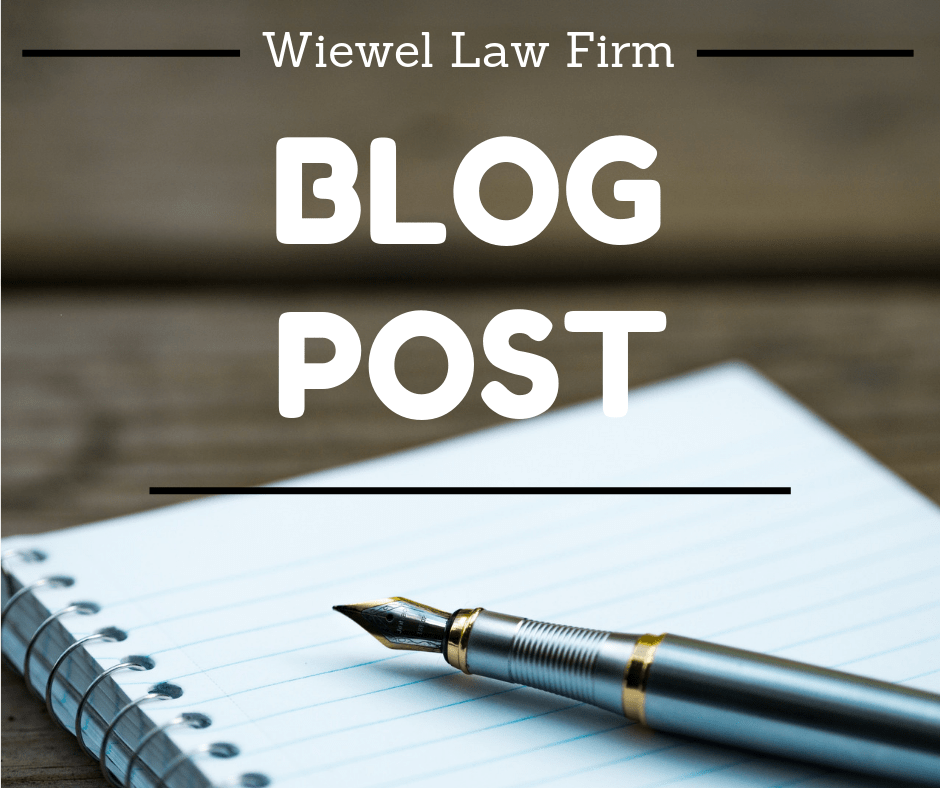Many people see dementia and Alzheimer’s as the same thing. However, there is a difference between Alzheimer’s and dementia. Dementia is an umbrella term used to describe a group of symptoms that affect memory, communication abilities and activities of daily activities. Alzheimer’s is the most common cause of dementia. It affects roughly 60-80% of the people with dementia.
Alzheimer’s is a specific disease, and dementia is a syndrome or category, explains The Advocate in its recent article “Alzheimer’s Q&A: What’s the difference between Alzheimer’s and dementia?”
It usually is seen in those persons age 65 and older.
Dementia symptoms can result from other causes that develop earlier in life, like Huntington’s disease, Parkinson’s disease and Creutzfeldt-Jakob disease, which can show up in middle age or earlier.
Both dementia and Alzheimer’s can cause memory impairment, language difficulties, as well as cognitive decline.
Common symptoms linked to Alzheimer’s include the following:
- Difficulty remembering recent events and conversations
- Depression
- Personality and behavioral changes
- Impaired judgment
- Trouble speaking; and
- Confusion and disorientation.
Some causes of dementia will share these symptoms. However, they include or exclude other symptoms, which can help in making a differential diagnosis.
Alzheimer’s disease is degenerative, incurable and irreversible. This illness is the only one of the top 10 causes of death that has no prevention, maintenance, or cure.
Approximately 20% of the causes of dementia can be reversed with the proper diagnosis and treatment. These reversible conditions include the following:
- Vitamin deficiency or metabolic disorder
- Normal pressure hydrocephalus
- Alcohol or drug abuse
- Brain tumors; or
- HIV-associated neurocognitive disorders.
The process and assessments to land on a diagnosis of Alzheimer’s disease are typically more complex than other forms of dementia. A detailed medical history is taken, and other conditions are ruled out as causes for the symptoms.
Brain imaging scans may indicate pronounced brain cell death that’s associated with Alzheimer’s disease.
Alzheimer’s disease can only be completely confirmed after a person passes away. An autopsy will show the plaques and tangles associated with the disease. This will also exclude other causes.
If you would like to learn how dementia and other disorders impact estate planning, please visit our previous posts.
Reference: The Advocate (Nov. 16, 2020) “Alzheimer’s Q&A: What’s the difference between Alzheimer’s and dementia?”




